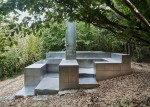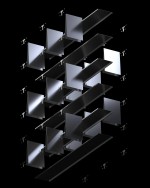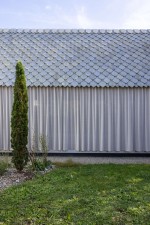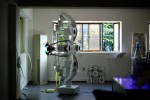TechCraft in dialogue
with Noelani Rutz
Sen is a response to the subject “TechCraft” given by the Gallery NOV in Geneva, initially for an exhibition at the Salone del Mobile 2020. 3D printing is used as a fast way to materialise virtual modalisations. It is the most time, cost and effort efficient way to make mock ups. Yet, its application hardly ever goes beyond this stage, which is why I am taking this technology to directly produce the final object. Urushi is a lacquering technique and precious tradition that has been used over several centuries in Japan. It is usually applied on thinly turned wood bowls, not only to give them a highly lusterous and desirable look, but also reinforce and protect the material. It can also be applied to other materials, which is an ideal start to a dialogue between digital technologies and analogue craftsmanship. For this first series of vases I worked with Salome Lippuner, an in Japan trained urushi lacquer artisan.
Sen, meaning “line”, is not only referring to the horizontal levels created by the 3D printing but also the reflections on the dark shiny material of the organic shaped body that observed from a far, start to dance.
Can you tell us something about you? How did your roots and life path defined your design approach today?
As the daughter of an architect and an artist I grew up inevitably exposed to art and culture from an early age. Going to exhibitions and looking and architecting might have bored me back then, but now I am aware of the impact it had on my career path. To this day I like to browse through my parents living room library filled with books about architecture, design and art.
I think my grandmother also had a great impact on me and why I enjoy making things with my hands. She used to sew and knit clothes for her children and later on grandchildren, passing down her knowledge and passion to make something from scratch.
Without a doubt, the decision to study Industrial Design at ECAL was a clear milestone in my path. The degree was as demanding in hard work and dedication, as it was giving in knowledge and opportunities, making me the designer I am today. During my bachelor, I went to Tokyo twice to do an internship during the summer breaks and went to Stockholm for another one for a semester. Both countries and the experiences collected there, were incredibly enriching and influenced not only the way I look at design but life in the bigger scheme of things.
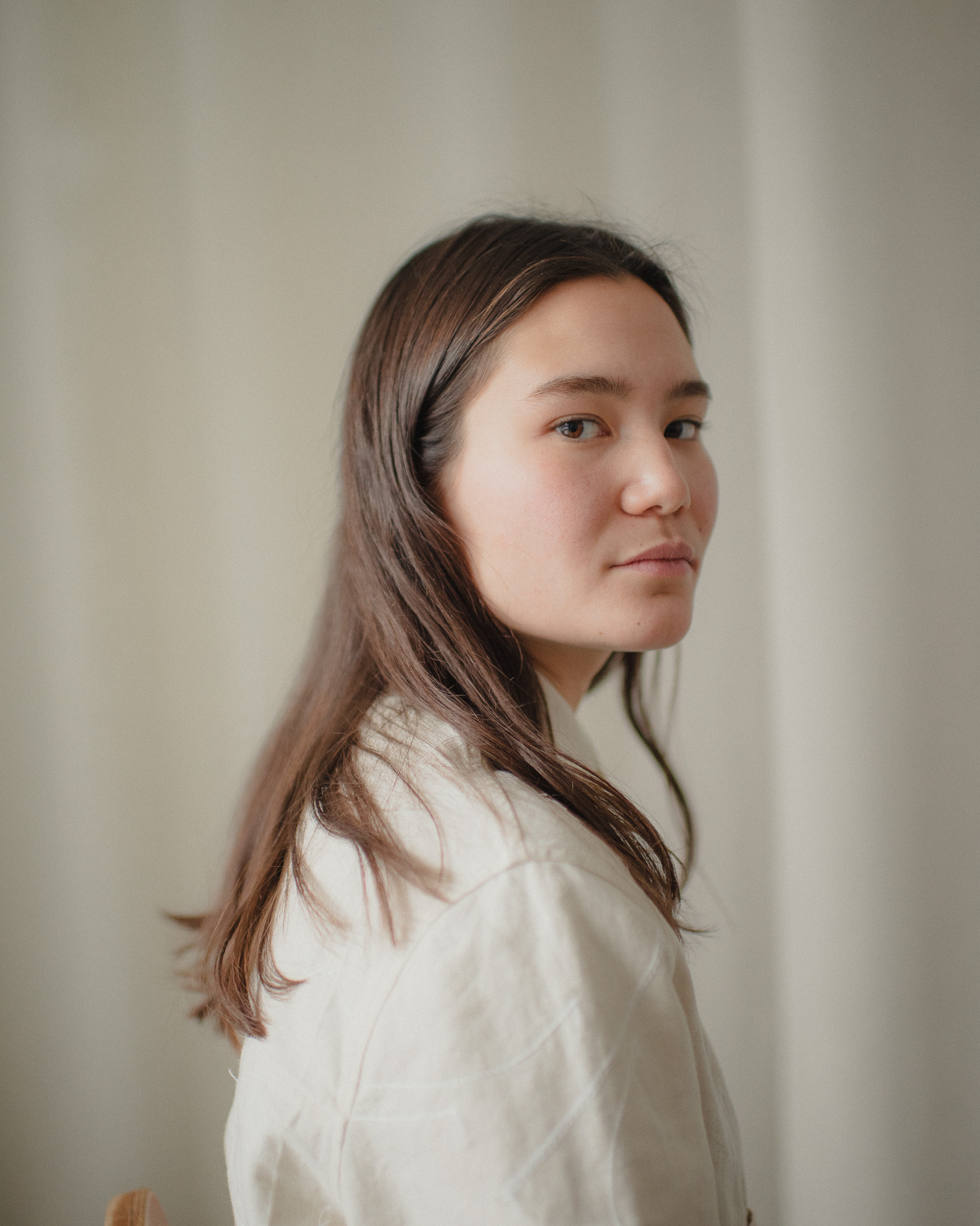
Sen is a very interesting project because it combines a specific Japanese tradition with the new 3D printing technique. What are the strong points in this dialogue?
The Sen vases were my response to the open call by Gallery NOV, with “TechCraft” as a brief. Nowadays, especially in the profession of product design, 3D printing is one of the most time, cost and effort efficient way to materialise your virtual ideas. Usually, its application hardly ever goes beyond the stage of producing mock ups, but I decided to use this technology for the final object, allowing me to reproduce identical objects multiple times. Urushi is the sap from the “Toxicodendron Vernicifluum” or “lacquer tree” and has been used over centuries in Japan, Korea and China. Traditionally, several layers of this lacquer are usually applied on thinly turned wood bowls, not only to give them a highly lustrous and desirable look, but also to reinforce and protect the material. Unknown to many, Urushi can also be applied onto other surfaces such as paper, leather and plastic. In this case the 3D print offers a new canvas for the Urushi to highlight its versatility, while the lacquer not only makes the print waterproof and sturdy but also turns a simple 3D print to something unique and highly valuable.
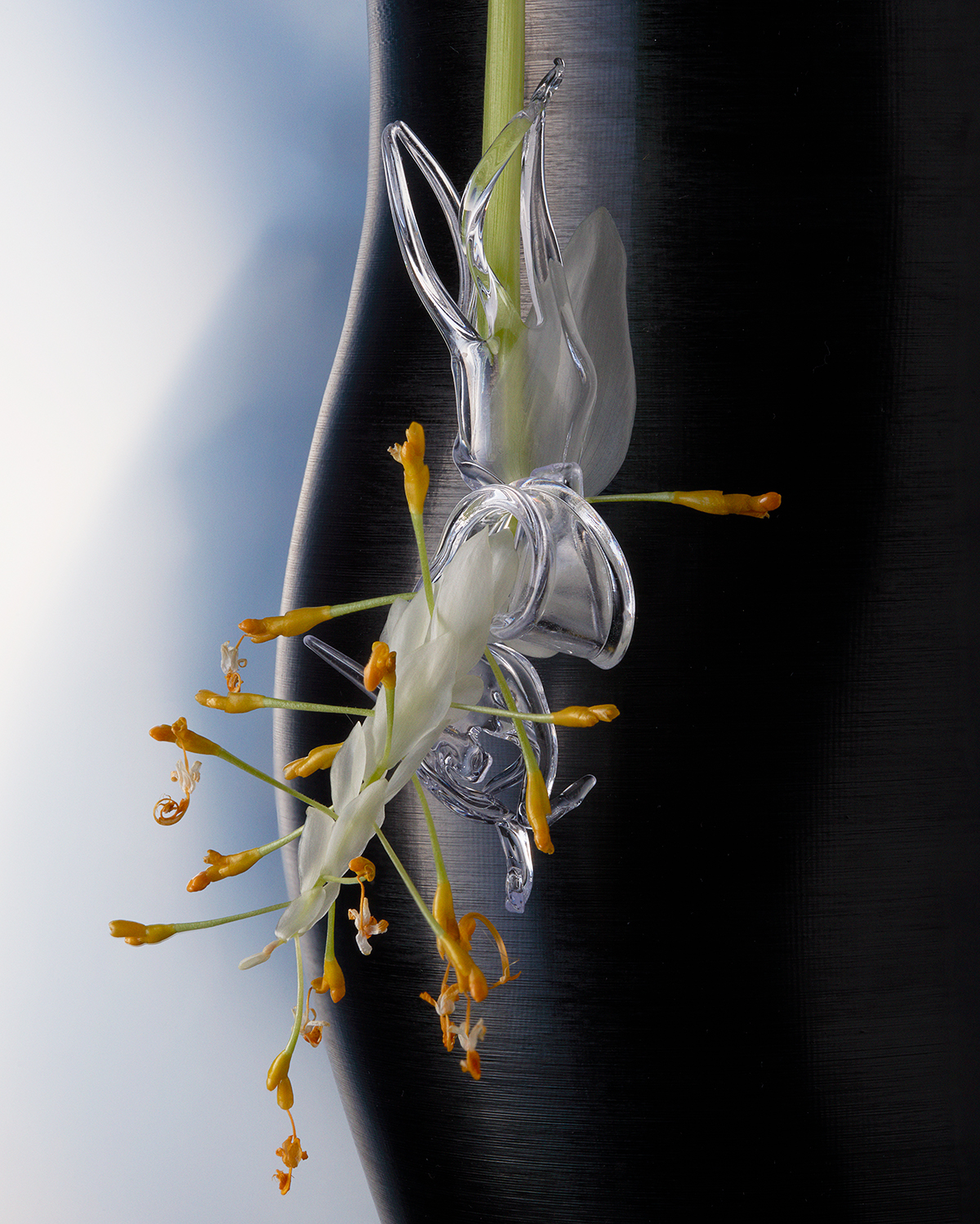
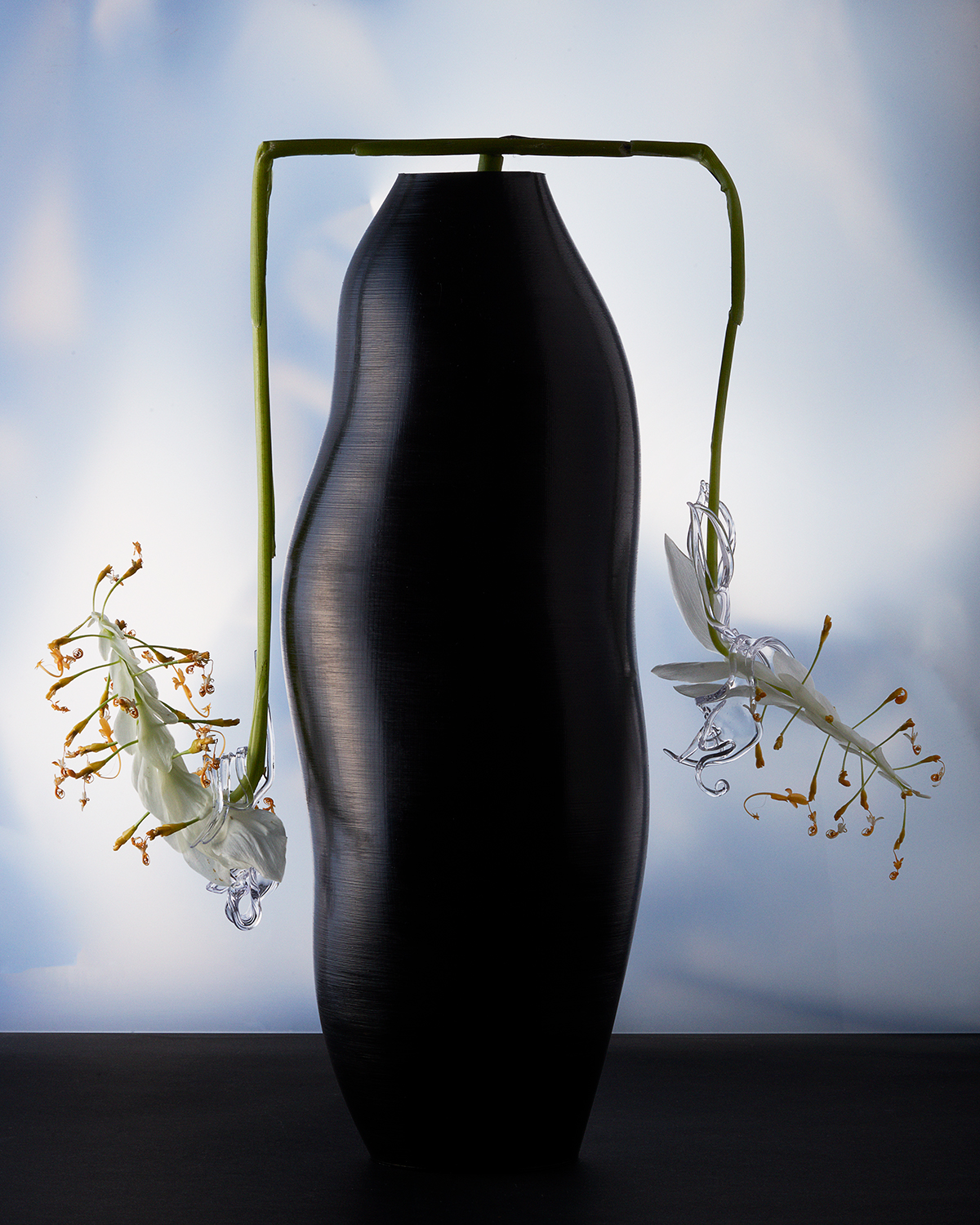
Should we expect this exchange between tradition and contemporary technologies in your future projects?
I believe this exchange to be very relevant and I am currently exploring it from different angles. My interest particularly lies in unveiling the beauty of traditional craft through a contemporary lens and how I as a designer can contribute to its continuation. Whether that be through taking advantage of the advancements of technology or to stand in a dialogue with an artisan, to learn from them, exchange knowledge and contribute solutions from a new point of view, ‘contemporising’ the craft without alienating it from its origins.
In this project there is an interplay between an apparent linearity, given by the horizontal layers of 3D printing and a great sense of movement caused by its organic and irregular shape. You once said that the reflections of the light on the surface look like they are dancing… Could you elaborate on that play of lines?
Sen in Japanese means line. There are two aspects of linearity that I elaborate on within this work. The 3D printer creates horizontal lines during the printing process. By applying the Urushi with brushstrokes in the same direction, the two mediums visually melt into each other, losing sense of what is made by machine and what by hand. Although Urushi comes in other pigmentations such as red or green, it was crucial for the vases to be painted black, as the contrast between black finishes and the reflecting light on it is the most effective. The organic shape of the vases creates these dancing lines of reflected light, when moving around the vases.
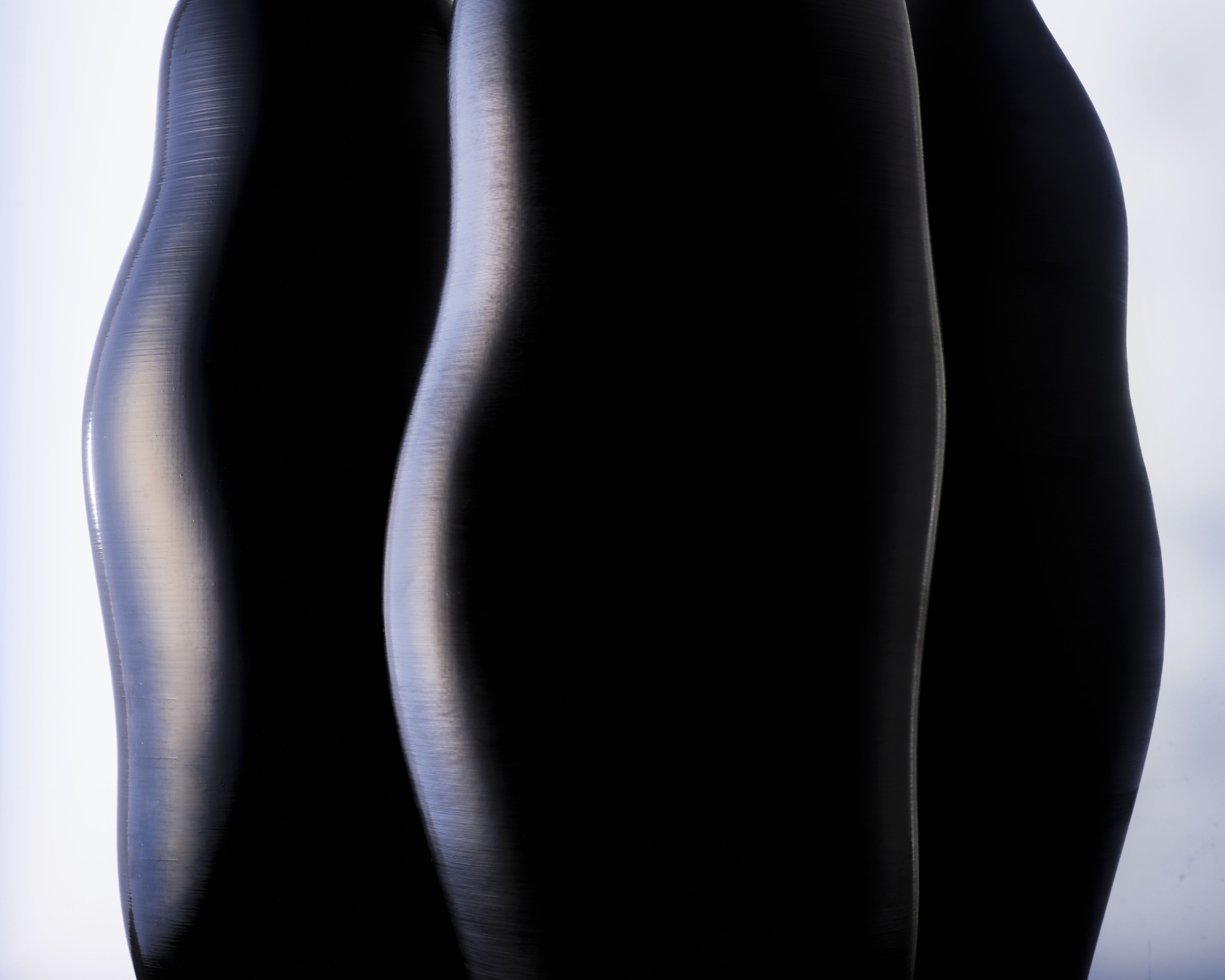
Who did you work with for this project?
Salome is one of two Urushi artisans in Switzerland, the second one being her former apprentice. During the time span of around ten years she traveled to Wajima in Japan regularly, staying several months each time to learn the craft of Urushi lacquering. It is quite remarkable that she had the opportunity to do so because that is extremely rare for a foreigner, especially a female. Now she lives and works in Trogen, a small village further east from St. Gallen. In her work, she explores the application of Urushi on untraditional and unconventional surfaces, such as metal, organic matter and even pig bladders she dried herself. Her curiosity and openness to try new things was an ideal starting point for our collaboration, pushing its limits to direct a new spotlight to this craft.
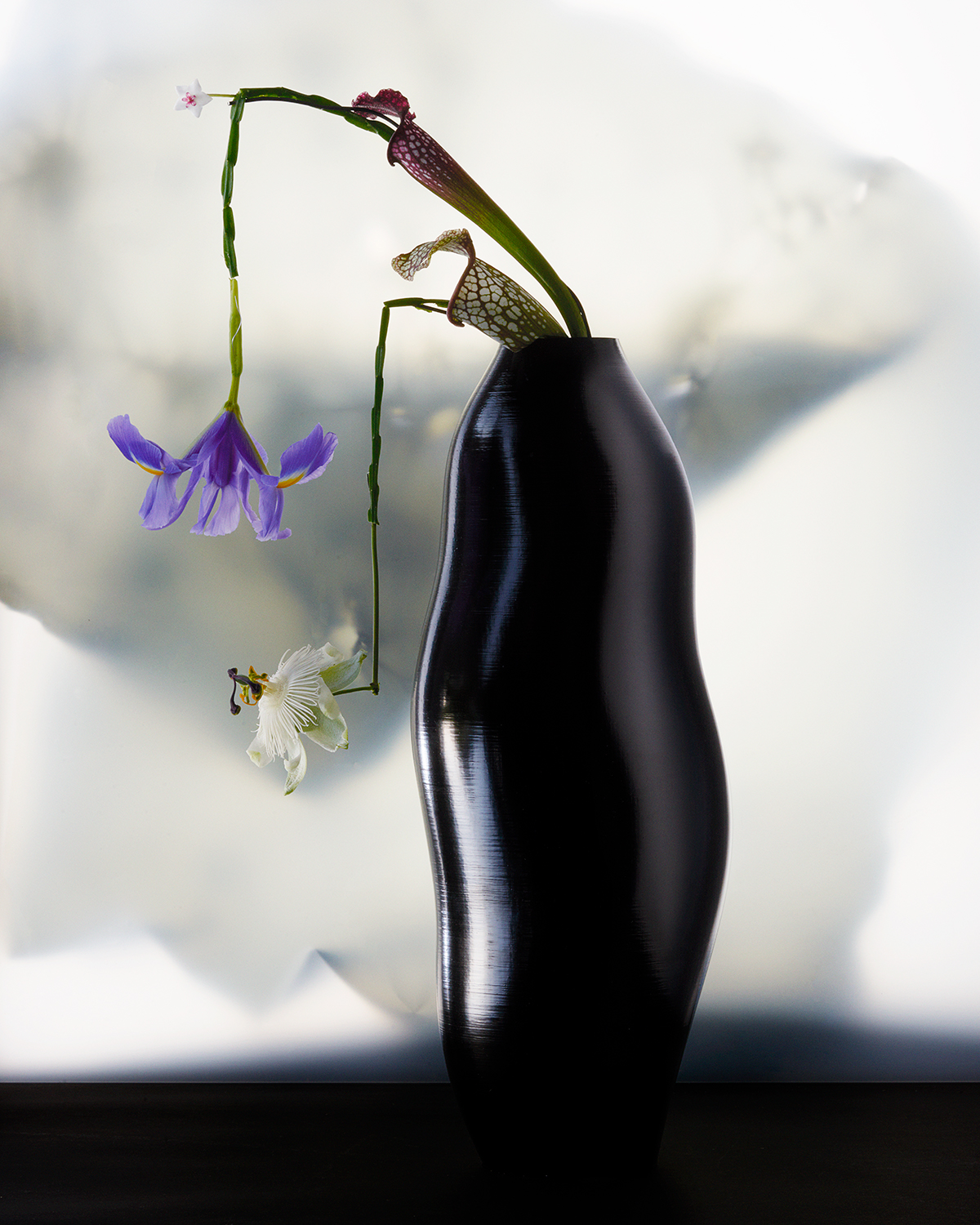
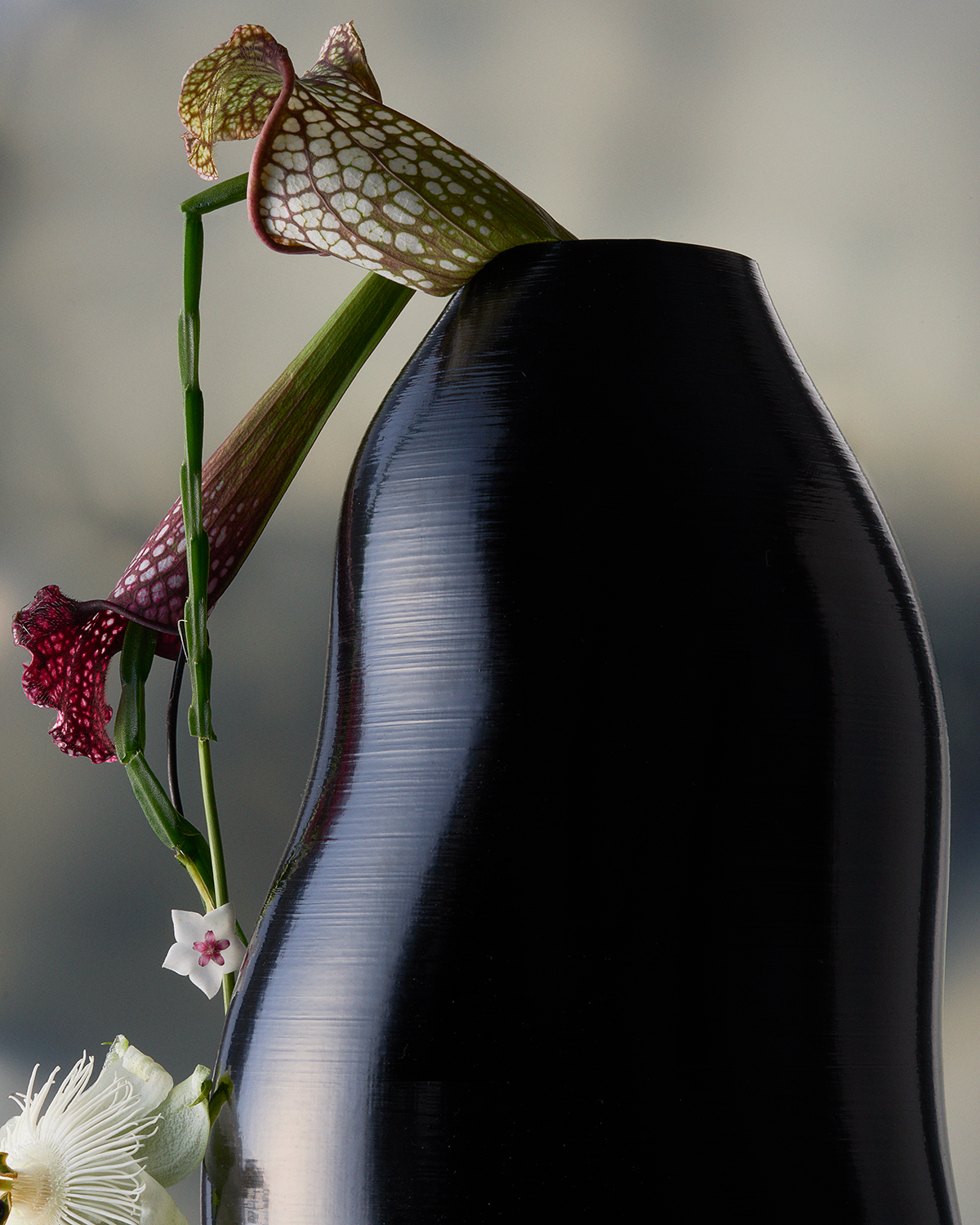
Your work is very sensitive to primary material and detailed simplicity: Sen is a very remarkable example. Is this kind of research valued enough in the contemporary design scene?
That’s a very large and tricky question because design is so broad. I would say that most of the designers have a fundamental appreciation and curiosity of craft but unfortunately that interest does not correlate with todays production and consumption standards. So I am very grateful and aware of the enormous privilege to work on these kinds of projects, which currently almost exclusively find success in the context of galleries.
Fundamental appreciation and curiosity of craft
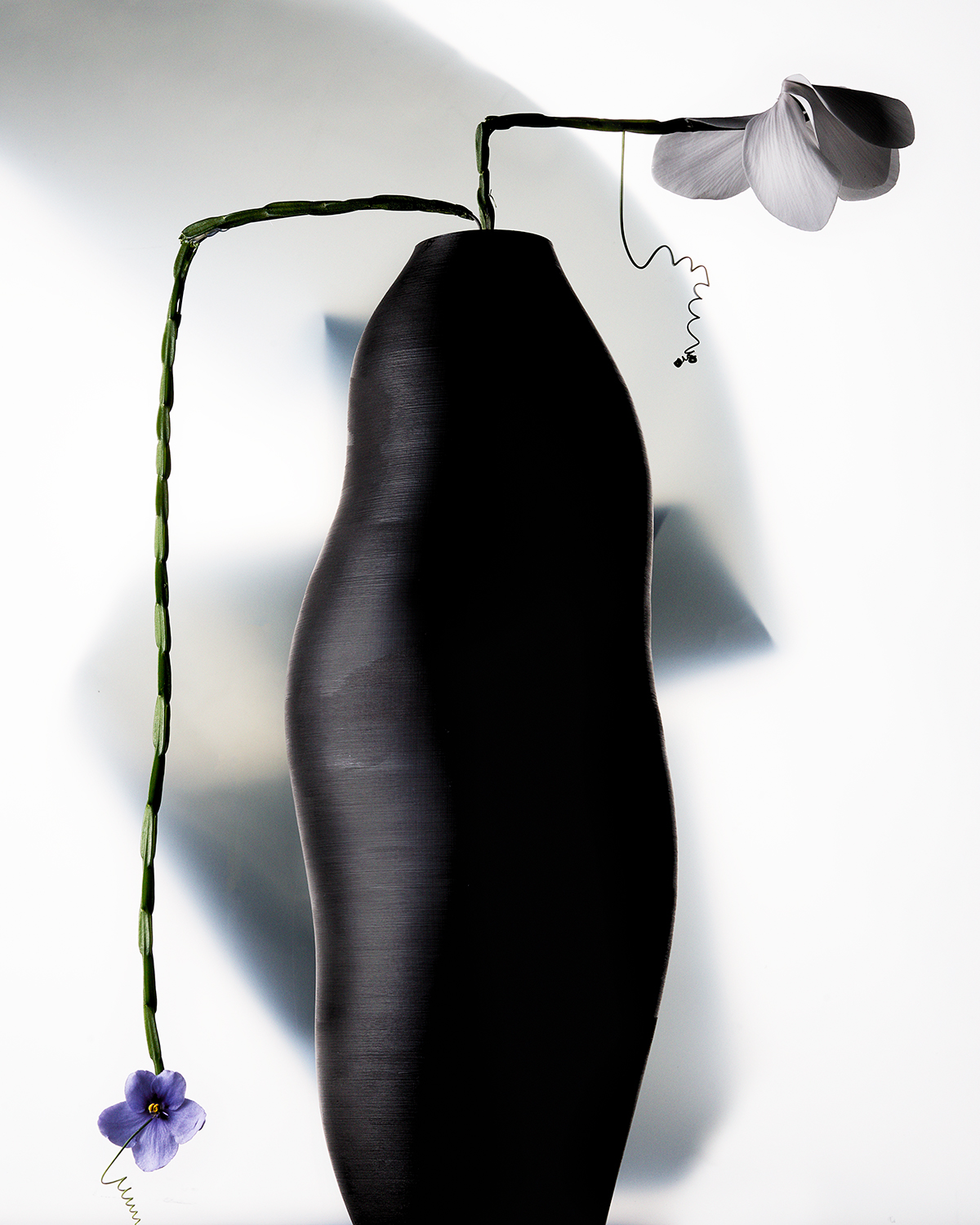
Interview by Profiler / Videos by Sebastian Vargas / Direction of photography by Alexandre Favre / Still Lifes by Cecilia Poupon / Portraits by Justine Stella Knuchel / Set & Florals: Studio Végéte

